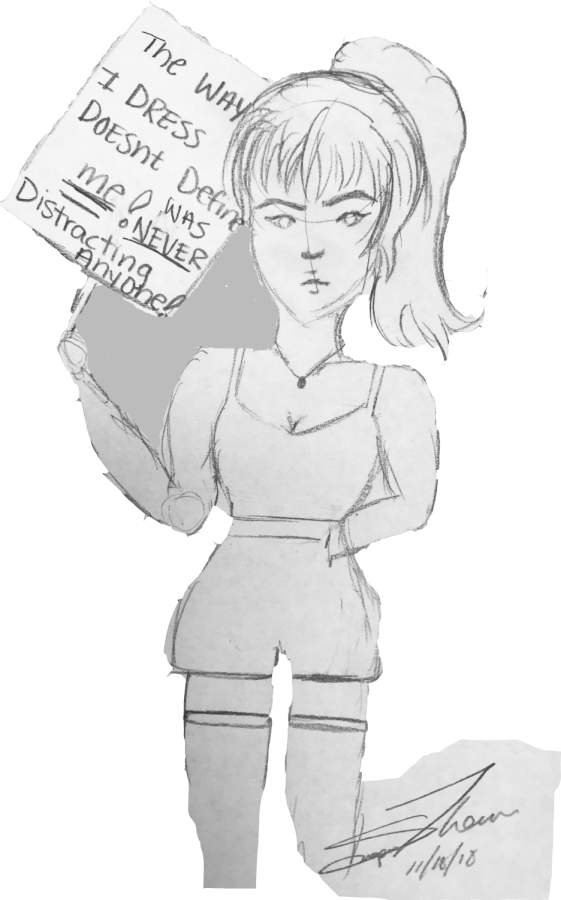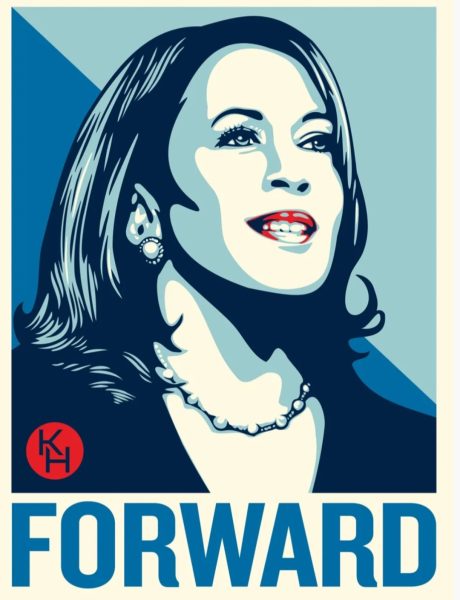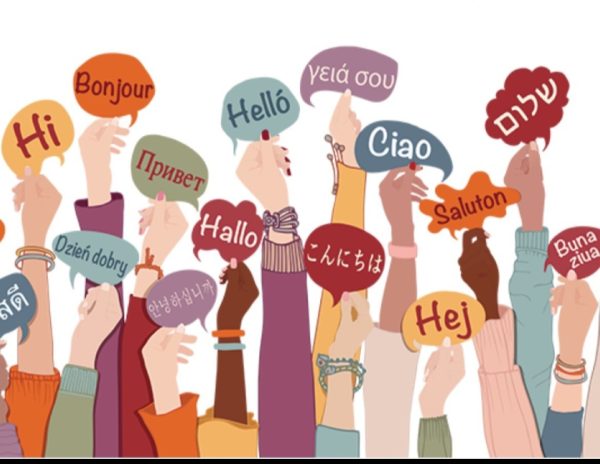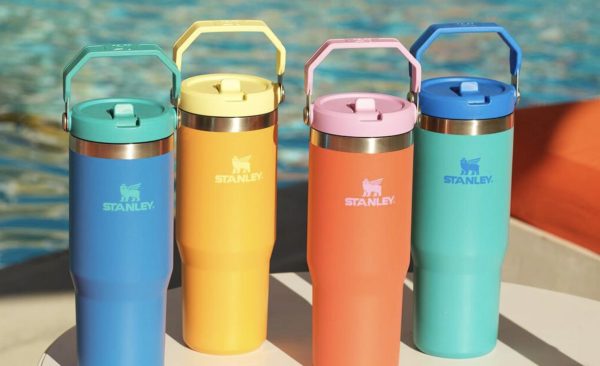The miniskirt is not the problem
There is nothing more uncomfortable than being ordered to stand up in front of your entire sixth grade class at Voorhees Middle School while a male administrator checks the length of your shorts.
You could practically feel the humiliation in the room as we tried to roll our shorts down as far as they would go to abide by the rules. A few girls were called out of the room and required to change into something more appropriate. If their parents couldn’t drop something off, they headed to the dreaded lost and found to borrow a stranger’s abandoned sweatshirt or gym shorts.
All the boys remained seated, watching us. We knew when the administrator said, “Alright, everybody up” he was only speaking to the females.
I was eleven years old. I had not even gone through puberty, yet there I was texting my mom in the bathroom, asking her to please bring me leggings because I’d been “dress-coded”. I hated to disrupt her while she was working, but I loathed the idea of getting written up for my outfit even more. The bell rang, and I was late for social studies class.
I am now sixteen. And I still experience this same kind of discrimination. When the shorts aren’t too short, the top is too low cut or the straps are too thin. I’ve watched my friends hang their heads in shame as they are asked to change or “cover up”.
And it doesn’t just occur in school. Although they had good intentions, my parents told me last year they didn’t want me to wear my new denim skirt to school anymore because it was too short and they didn’t want boys getting the wrong idea about me.
I knew they were just trying to protect me like the good parents they are, but I was still confused and thought, what kind of idea? It was just a skirt. If the length
of a skirt determines my self-worth, then does my intellect and personality mean nothing? To have my own parents perpetuate the “boys will be boys” idea onto me made it all more hurtful.
I felt like Cher from Clueless. I remember watching it when I was in the eighth grade. In the iconic scene, Alicia Silverstone floats down the staircase in a white bodycon dress. Her ex-stepbrother is the one to point out the inappropriateness of her outfit to her dad.
“Cher, get in here. What the hell is that?”
“A dress.”
“Says who?”
“Calvin Klein!” she slyly responds. I wished I could have mustered up the courage to sass my parents like that. Instead, I was dragged back to the store to exchange my skirt for a longer one.
It‘s unfair that female students have to compromise their education to avoid potentially distracting their classmates. It’s even more unfair that administrators scold girls, as if they’ve done something terribly wrong, for violating dress codes.
This idea is extremely toxic for girls, and it starts at a young age. According to the National Center for Education Statistics, 70% of middle schools enforced a strict dress code, which was 15% higher than high schools.
No eleven-year-old goes to school in a skirt with the intention of gaining a boy’s attention. The moment a girl begins to develop her own style and manifest her creativity through her clothing, she is punished.
Schools need to implement a change. Most schools’ dress codes are decades old and still continue to discriminate against female students.
According to the National Women’s Law Center, which conducted research observing Washington D.C. schools, “81 percent of the public schools require a uniform; 65 percent regulate the length of skirts; 58 percent forbid tank tops; 42 percent ban tights and/or leggings…”
The Oregon chapter of the National Organization for Women has been fighting for change in the last few years. The organization has developed a dress code model that allows students to wear virtually whatever they want, with the exception of clothing with images of profanity or drugs and alcohol. Portland Public Schools adopted the policy last year, and other schools in America are expected to follow in those footsteps as the new school year proceeds.
Along with the obvious double standards of strict dress codes, the policies promote rape culture. To teach a girl that she’s asking for it or that sexual harassment is her fault begins in the classroom. Low cut tops and short shorts are not invitations for violation in school, much less in the real world. The miniskirt is not the problem- the lack of self-control is.
So if we let boys be boys, then let girls be girls. Let her flounce around in a skirt and don’t tell her she’s asking for it. She’s twelve- she’s not asking for anything. Let her wear a tank top because her school isn’t air conditioned; how is she supposed to ace her algebra test if all she can think about is how hot it is in her classroom? And let her wear leggings because, seriously, no one thinks jeans are comfortable. A girl in a crop top is no less respectable than one in a sweater.








Emely Shungu Mashonganyika • Jul 23, 2024 at 8:28 AM
Profound. I concur